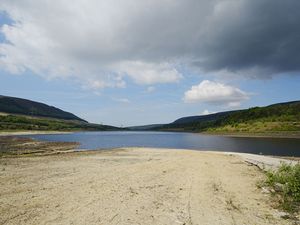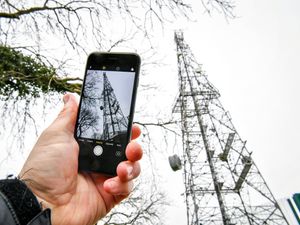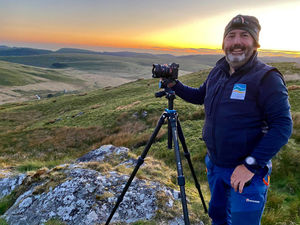12 of the biggest scientific breakthroughs of 2017 that might just change the world
Like the creation of a human-pig embryo, for example.

When it comes to scientific achievements, 2017 certainly left its mark.
From the use of ground-breaking gene-editing techniques that can potentially stop inherited diseases from taking root, to the creation of an artificial womb, here are a few of last year’s most important scientific milestones that could potentially change our future.
1. Editing genes to treat inherited diseases
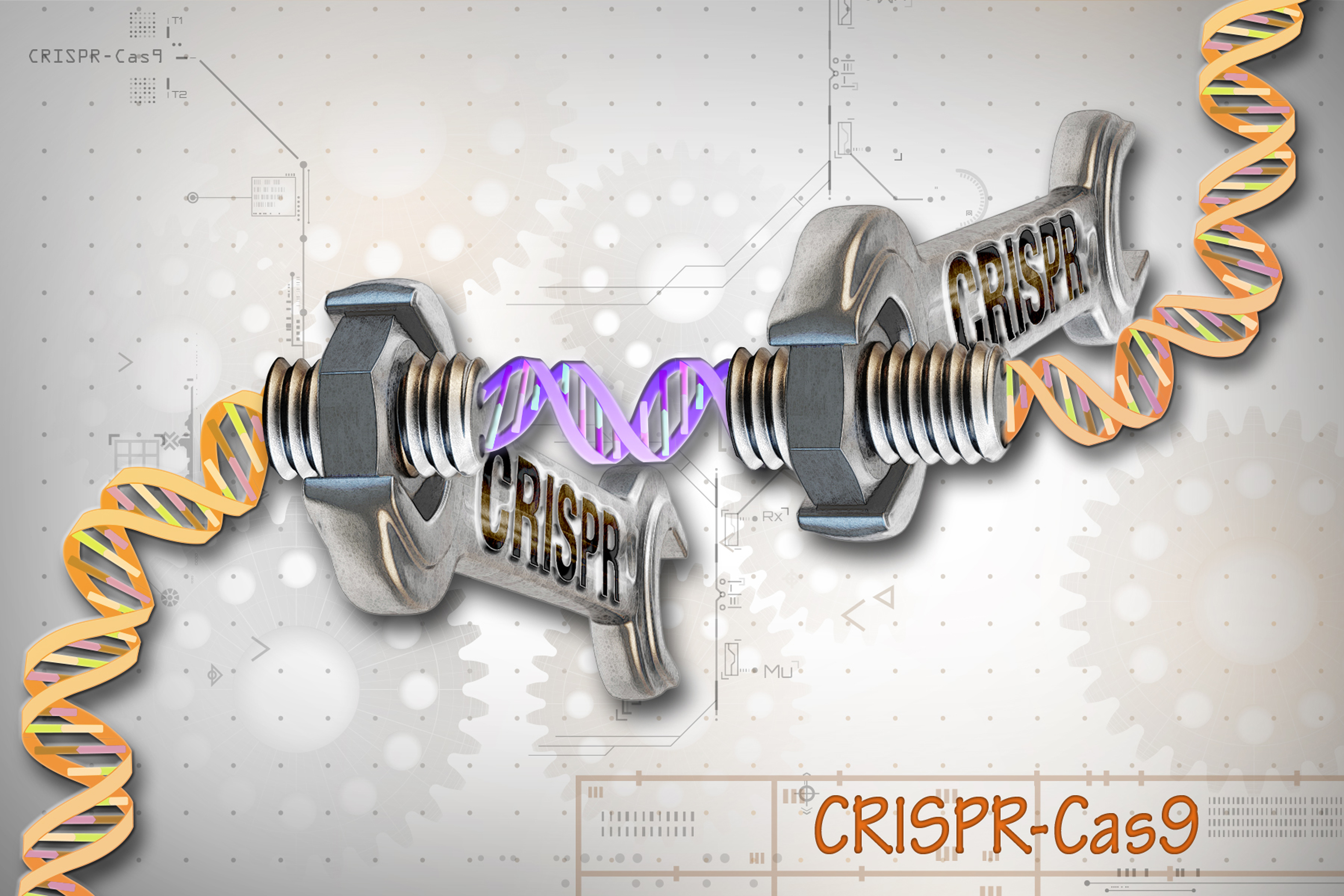
Taking advantage of the revolutionary tool called CRISPR-Cas9, a gene linked to hypertrophic cardiomyopathy (a type of heart failure) was successfully “deleted” from a human embryo so they were no longer programmed to inherit the disease.
While a significant amount of research has to be done before the technique is shown to be safe and effective enough to be used clinically, the breakthrough could potentially prevent thousands of diseases being passed onto subsequent generations.
Also, altering nuclear DNA in a developing embryo is currently illegal so a change in the law would be needed before such treatments can be considered, and this would involve addressing some profound ethical questions.
2. Observing the collision of neutron stars

Scientists confirmed this after detecting a titanic collision of two super-dense neutron stars 130 million light years from Earth.
Huge quantities of precious metal and other heavy elements including platinum and uranium were created in the nuclear furnace lit by the merging stars, backing all the theories about their origins and opening a new frontier in astronomy.
Scientists analysing chemical fingerprints from the radiation produced by the explosion calculated the mass of gold to be greater than the whole of the Earth.
3. Filtering sea water with graphene
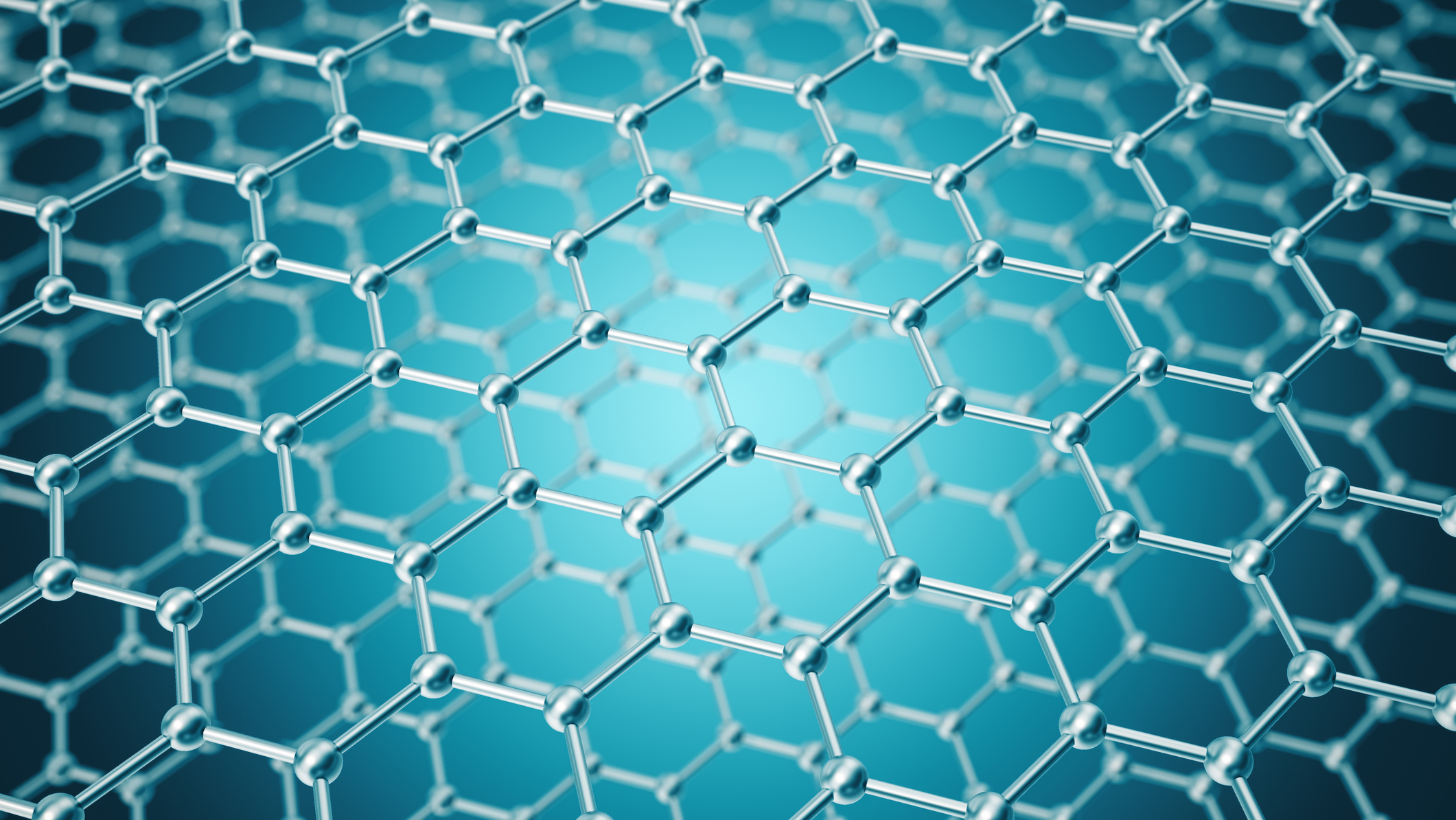
Bearing this in mind, scientists designed a sieve made using graphene oxide that transforms sea water into drinking water.
The sieve filters out salts from water to make it safe to drink, while avoiding swelling of the membrane when exposed to water.
Graphene-oxide membranes are said to be cheaper to create in the lab. This makes the technology more affordable, meaning the system could be used in desalination processes on a mass scale.
4. Discovering worms can eat a lot of plastic

The larvae of the greater wax moth normally thrive on beeswax, making them a hated enemy of bee keepers across Europe, but a chance discovery showed that they will also happily munch on plastic.
Tests involving 100 wax worms let loose on a plastic bag showed that over a period of 12 hours, 92mg of plastic was consumed.
Researchers are now looking to investigate the mechanism that allows the larvae to digest the plastic – in hope that they can replicate the chemical process on a large scale.
5. Creation of a human-pig embryo
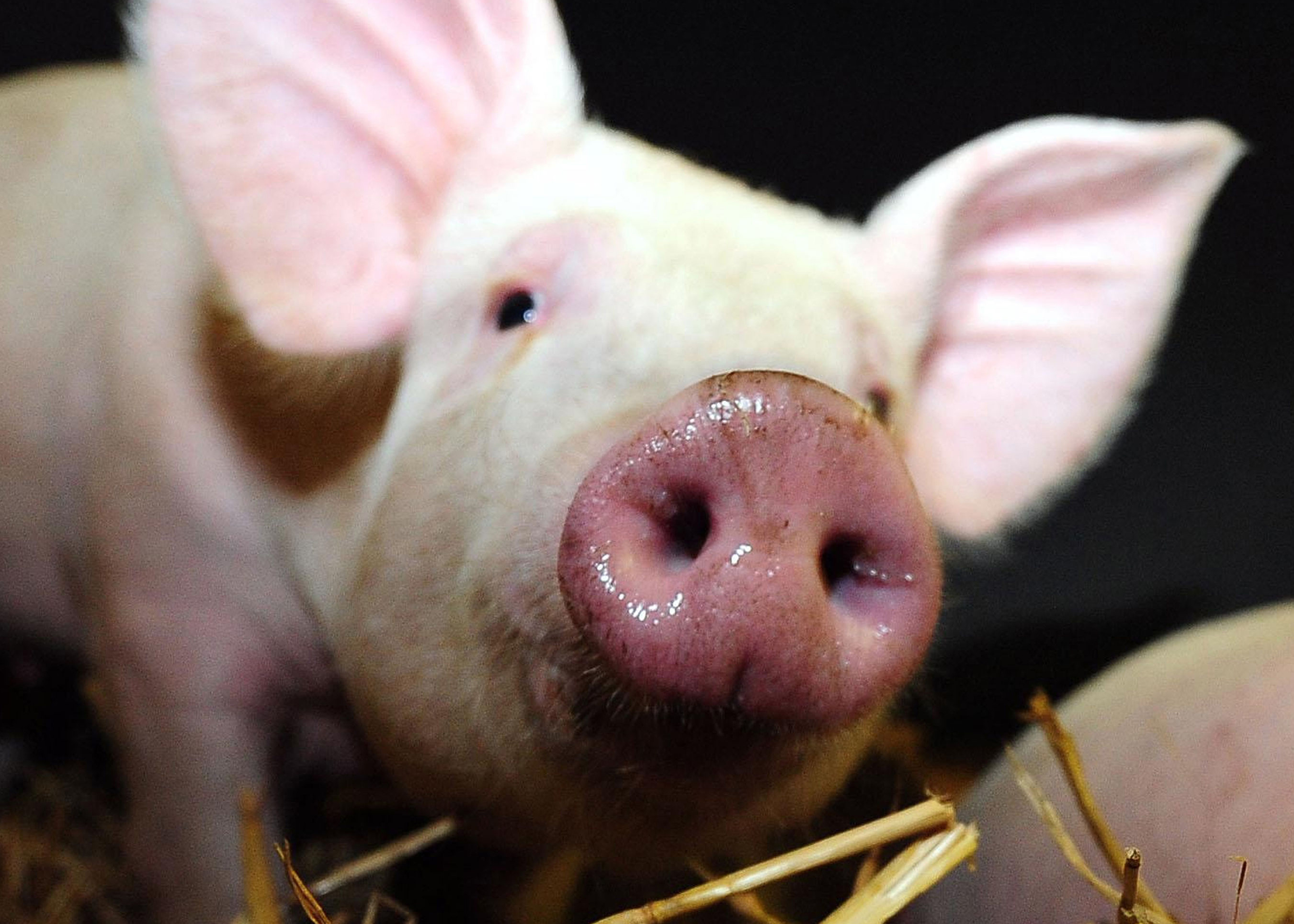
Scientists did this by injecting human stem cells into early-stage pig embryos. These hybrids were then put into surrogate sows, and 186 of the 2,075 embryos developed into chimeras (beings that contain DNA from two or more organisms).
These embryos were developed for 28 days (the length of the first trimester of a pig pregnancy) before they were removed.
Although this has been a subject of heated debate and sparked ethical concerns, the hope is that the process could one day help scientists grow human organs inside animals for later transplant.
6. Existence of a new state of matter called time crystals
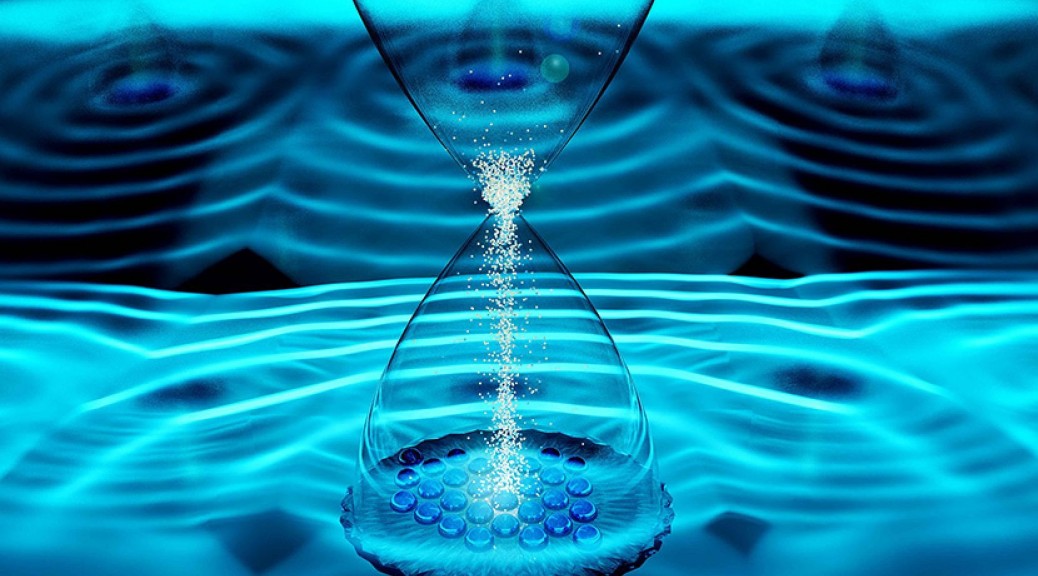
They are called time crystals and are a phase (like solid, liquid or gas) where the atoms repeat through time instead of space.
The concept was first speculated in 2012 by MIT physicist and Nobel laureate Frank Wilczek but many physicists were sceptical because it defied the laws of physics.
As the atoms in the time crystals loop forever, with no need for extra energy, the hope is that they could one day be used to develop quantum computers.
7. Curing haemophilia A with gene therapy
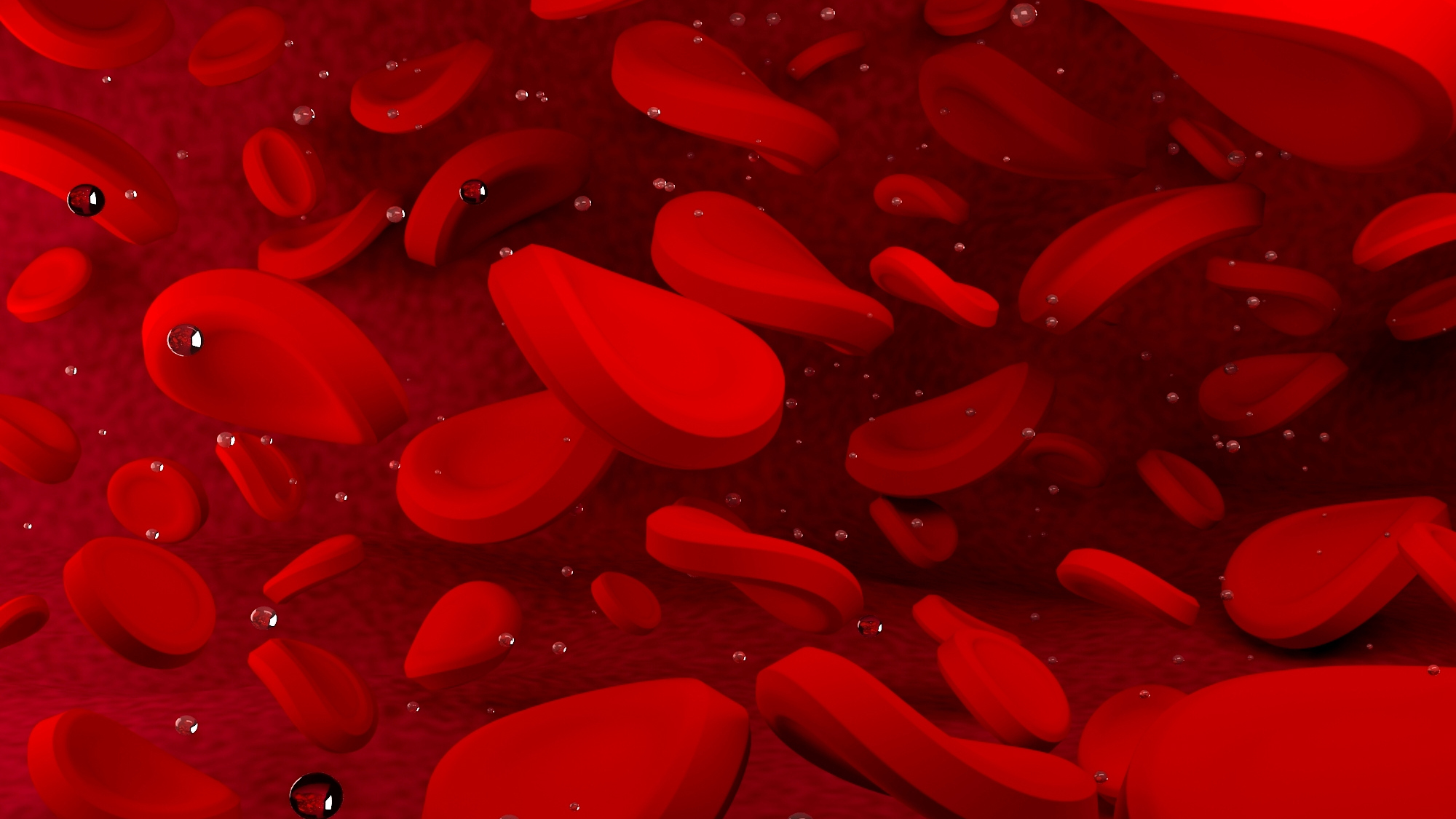
Sufferers of the hereditary condition, which mainly affects men, do not have the protein factor VIII which is needed for blood to clot.
The trial, led by Barts Health NHS Trust, saw 13 patients injected with a copy of the missing gene.
Progress over 19 months revealed all patients were able to stop regular treatment for the condition and 11 had almost normal levels of the missing protein factor.
The team plans to hold further tests to include people in Europe, US, Africa and South America.
8. Detection of a new exoplanet using artificial intelligence
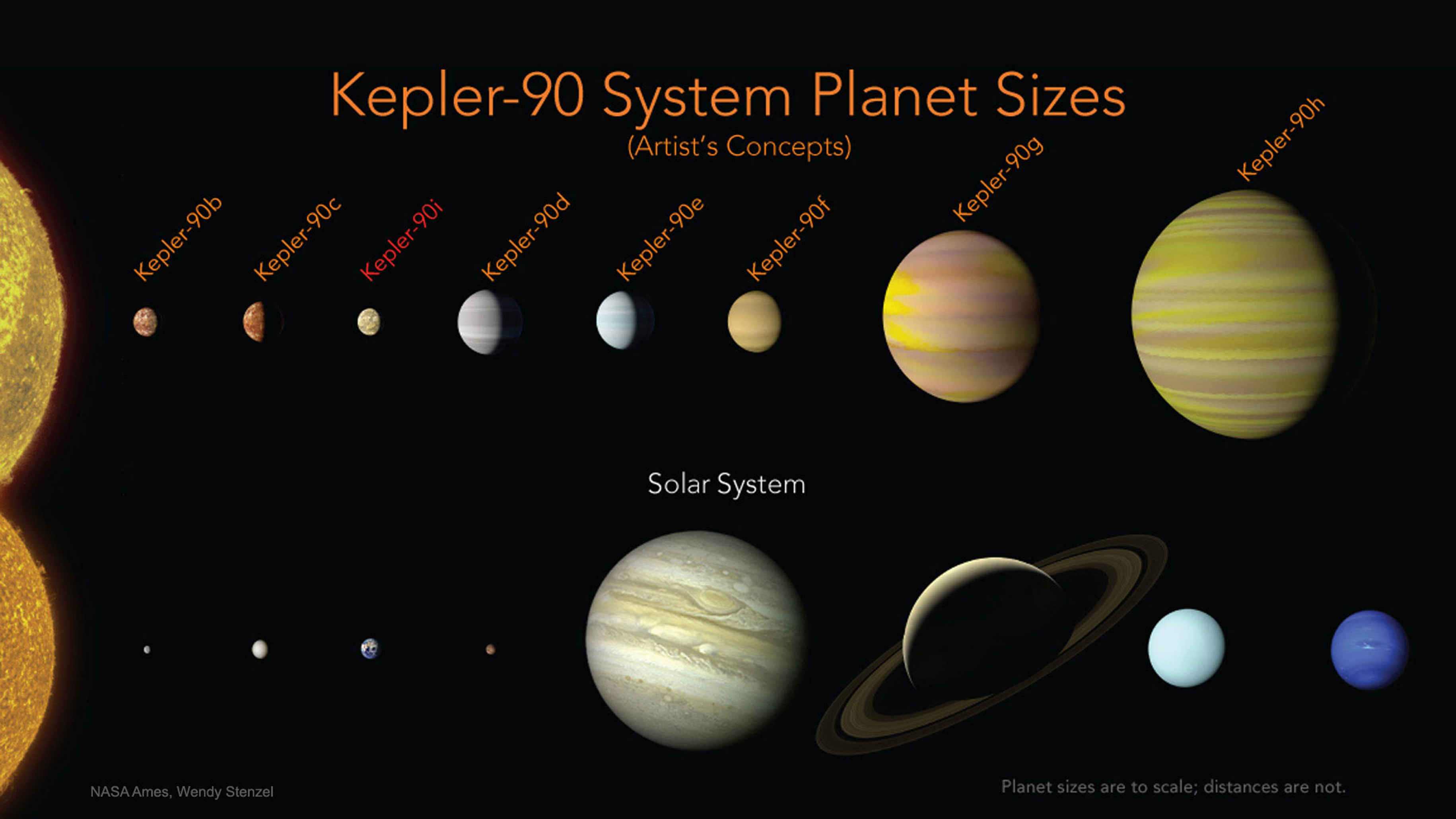
The discovery of the eighth planet – Kepler 90i – was made by Google’s artificial intelligence system, which analysed archived data from the Kepler Space Telescope.
The findings raise hope that AI systems can be trained to detect new space objects that astronomers are unable to spot themselves.
Andrew Vanderburg, an astronomer at the University of Texas, said: “Machine learning really shines in situations where there is so much data that humans can’t search it for themselves.”
9. Creation of an artificial womb

The device, which contains a plastic bag filled with artificial nutrient-rich amniotic fluid, was tested on foetal lambs equivalent in age to 23-week-old human infants.
Scientists believe the faux womb could be ready for human trials in three to five years but add that the system will not be used as a replacement to human pregnancy.
10. Evidence of a hidden continent called Zealandia
Zealandia may sound more like a new Pixar movie than a huge land mass but scientists are convinced they have uncovered a new continent.
The discovery itself isn’t new – geologists have been arguing for its existence for many years – but in 2017, a team of scientists concluded Zealandia fulfils all the requirements to be considered a drowned eighth continent.
The researchers think it is a continent because of its other features – like the fact that it is elevated, it has its own specific geology, and also, the fact that it has got specific boundaries and a crust thicker than the ocean floor.
However, there is no scientific body that formally recognises continents, so it remains to be seen whether Zealandia will appear in future geography textbooks.
11. Conversion of CO2 into baking powder

Tuticorin Alkali Chemicals, a fertiliser manufacturing company in Tamil Nadu, is using CO2 from its own boiler to make baking powder.
The process, believed to be a world first, involves capturing CO2 and other pollutants from coal and feeding it into a mixing chamber with salt and ammonia, creating baking soda in the process.
The firm is expecting to convert some 60,000 tonnes of CO2 emissions into baking soda and other chemicals every year.
12. Google’s DeepMind AI teaching itself how to walk
The tech giant’s artificial intelligence subsidiary created an avatar that taught itself how to run and jump, without any human help.
While this may not sound as impressive as machine-learning technology in self-driving cars, the fact that the bot taught itself to navigate complex virtual environments while learning new ways to move (much like a human baby learning to walk and talk) is a glimpse into the future of the autonomous AI movement and integration of AI into society.
The technology lays the groundwork for an era of seamless robot-human interaction in the future.


